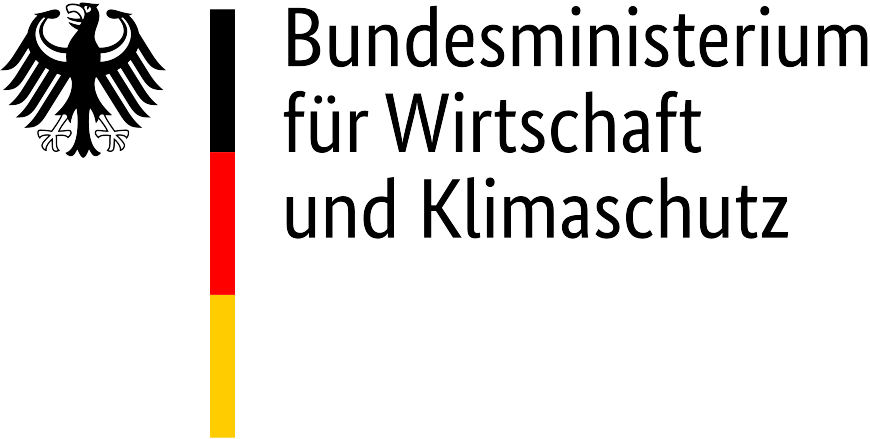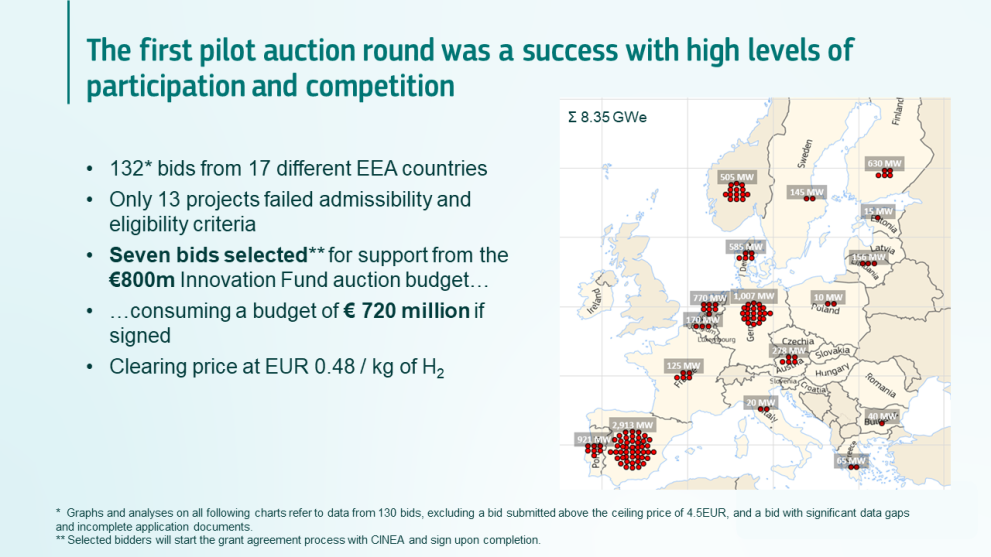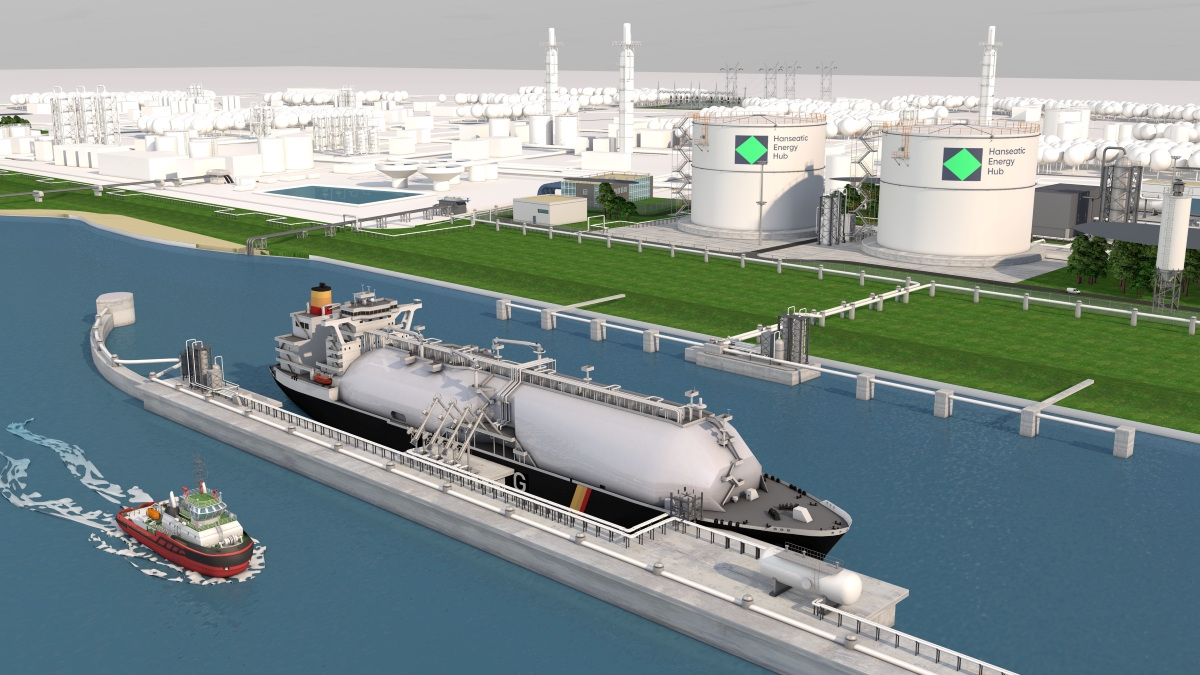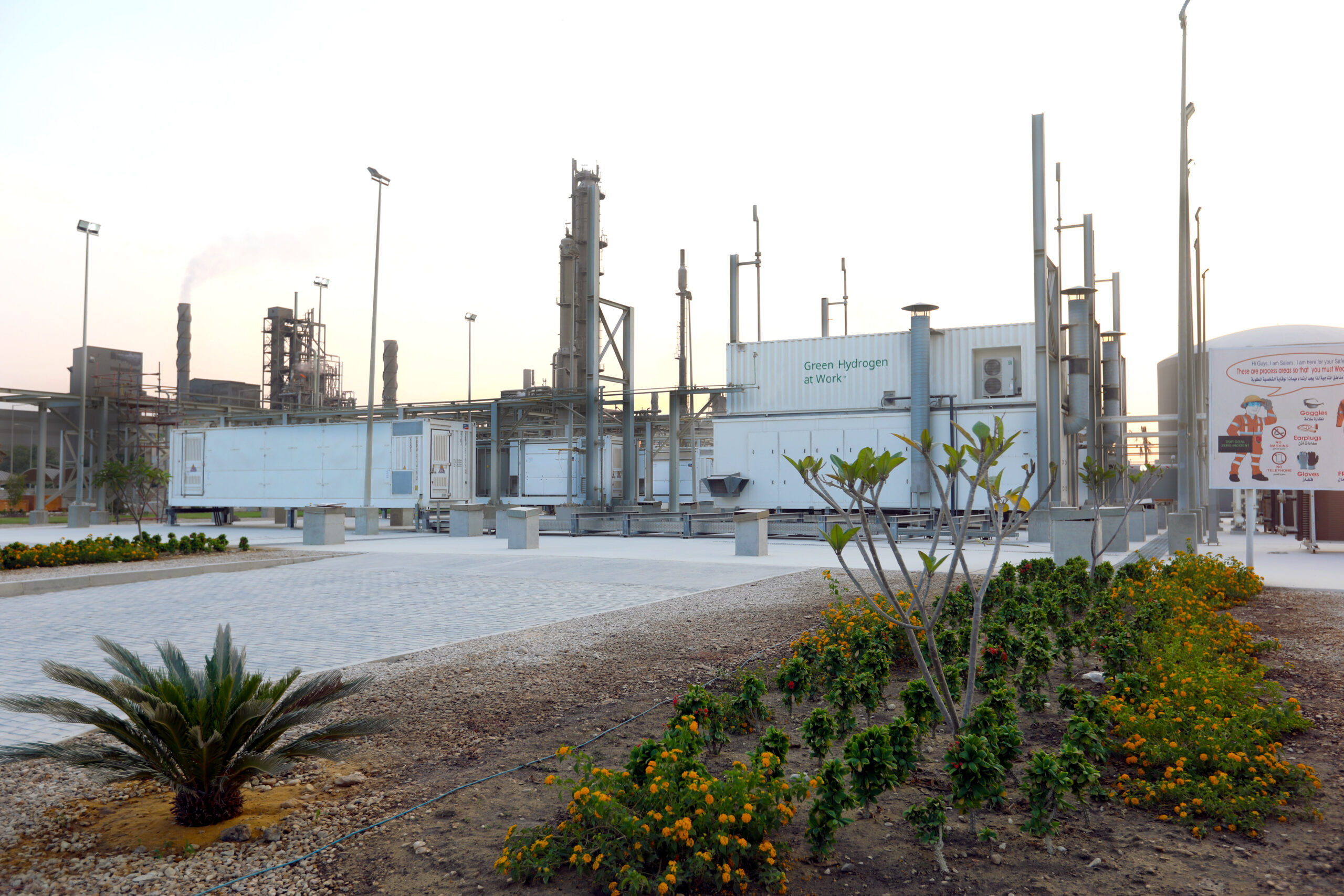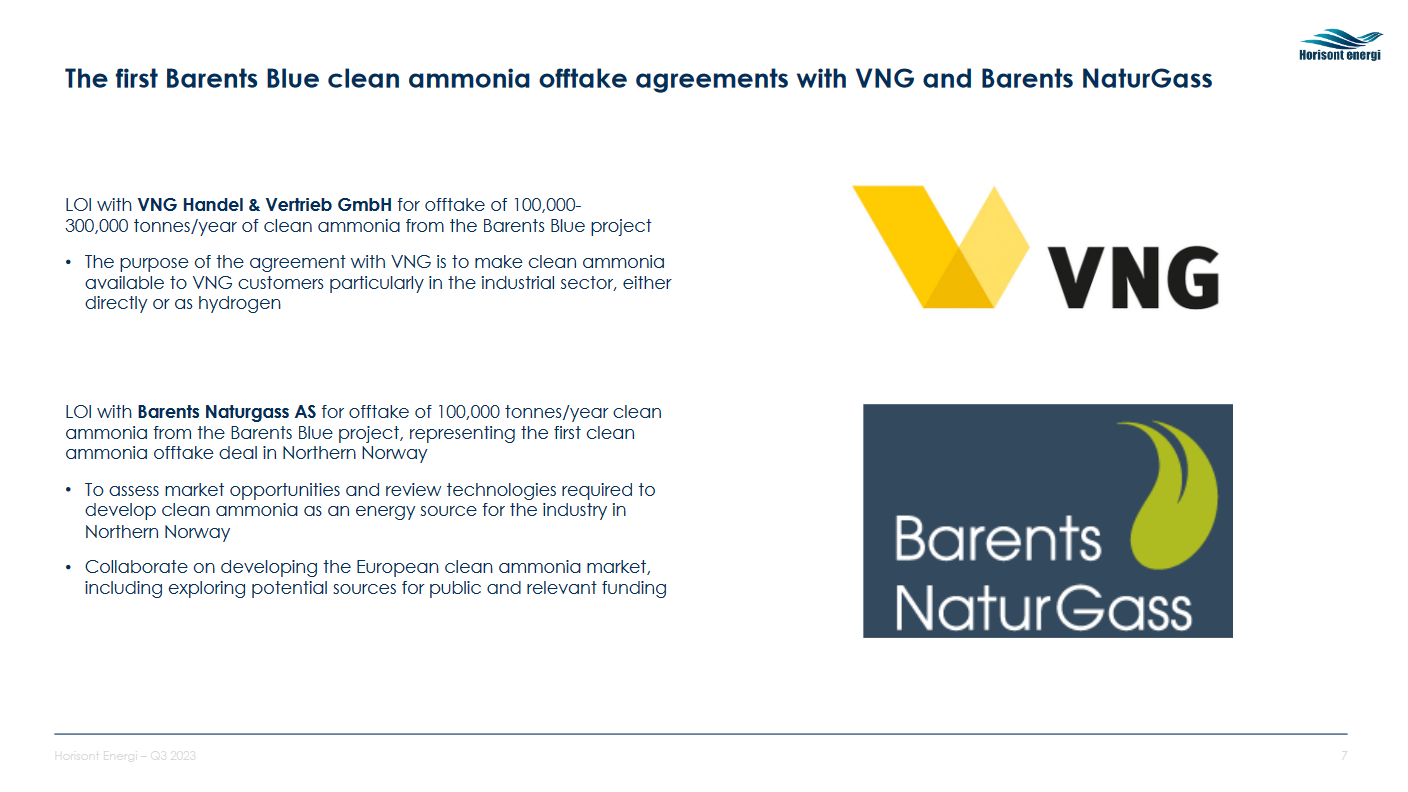Germany’s Hydrogen Acceleration Act
Approved by the national cabinet, the draft law aims to create a legal framework for rapid development and expansion of hydrogen infrastructure, including ammonia import and cracking facilities. Relevant planning, approval and procurement procedures will be simplified and digitalized where possible, and projects covered by the Act will also be considered in the “overriding public interest”, with some important caveats. Germany’s national cabinet also approved a CCS Act this month, aimed at decarbonising hard-to-abate industrial processes.
